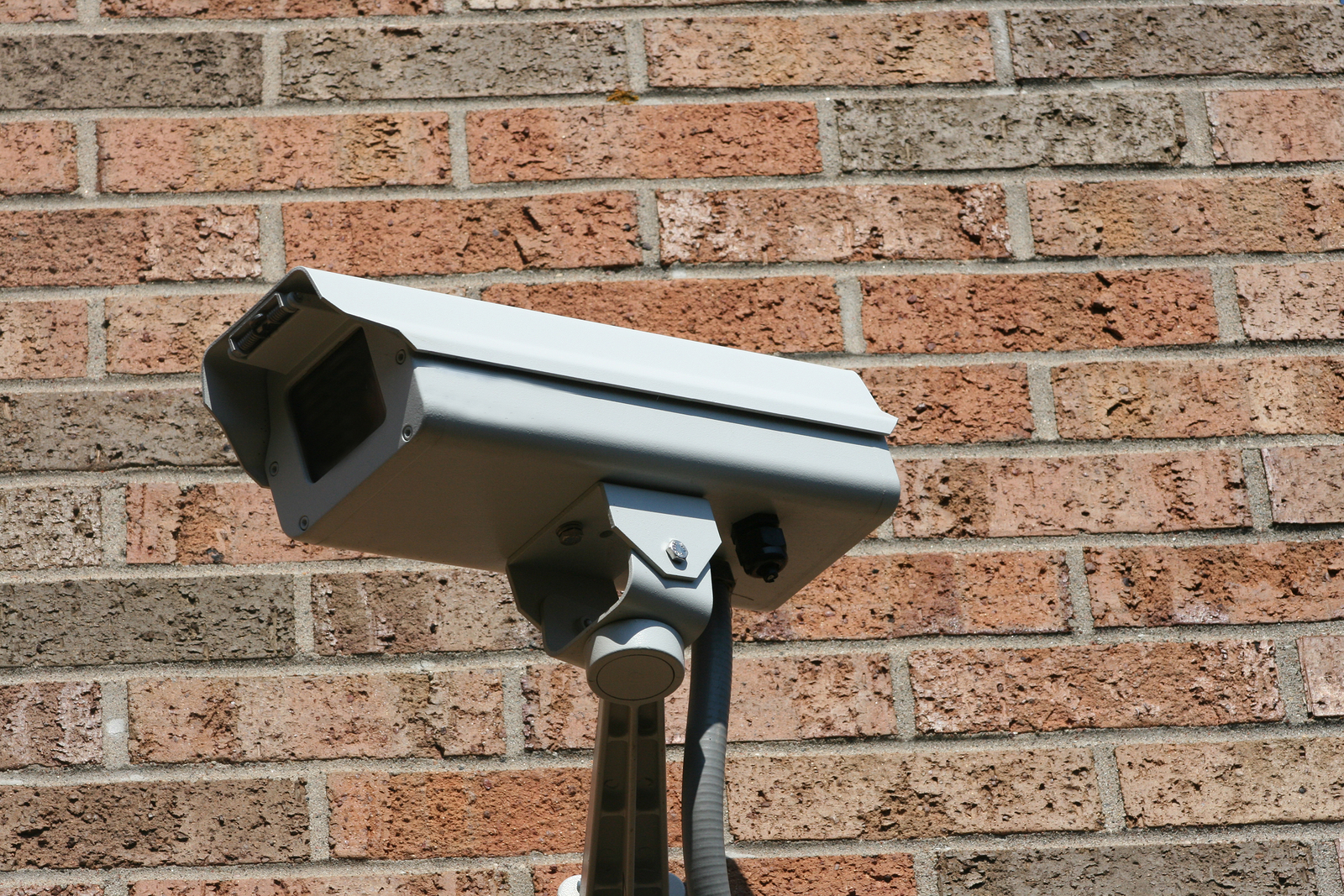
School Safety and Security: Tips for Assessing Liability in School Violence Lawsuits
The uncertainties surrounding the Massachusetts teacher murder of Colleen Ritzer last month and the death of student Kendrick Johnson in Georgia earlier this year illustrate how the unexpected can occur and school safety and security is a serious concern schools administrators are faced with on a daily basis. Schools have a duty to protect students, and students and their parents have an expectation that schools will keep them safe from harm. In the school context, appropriate supervision compels a school to take proactive steps to provide a reasonably safe environment. The school is not expected to supervise every activity of its students every minute of their day, but when it has knowledge of circumstances that may pose an unusual safety risk, administrators are obligated to go beyond mandates to develop and implement standards of care that create a reasonable environment of safety. In this article, we will explore this idea through a couple of case studies.
Each school’s unique setting and student environment play a role in the development of appropriate policies and procedures designed to protect students’ safety. If, for instance, an urban school is located in a high-crime area with gang activity, the administrator has a duty to observe and assess the milieu and to develop a plan for keeping students safe. These procedures may include assigning school resource officers on each floor of the building, training staff in gang-related issues, or installing a metal detector at the door. If the school determines a metal detector necessary, then it has a duty to train staff in its use and maintenance.
Twenty miles away in a leafy suburban town, another school exists. Here, there is no gang activity, the crime rate is low, and an assault on a student or staff member has never occurred. In this context, a metal detector isn’t likely to be necessary, but — as with most schools around the country — the administrator will develop procedures to screen visitors. These procedures will likely require locked doors, a surveillance camera at the front door, and a buzzer. Under the procedures, the person screening the visitor may be required to ask specific questions, such as the person’s name and the purpose of the visit. Once a legitimate reason for the visit is established, the door is unlocked.
But even in a seemingly safe environment — with all the protection of armed officers, metal detectors, policies and procedures, and locked doors — a student or teacher can be seriously injured or, worse, murdered as recently happened in Massachusetts teacher murder. In some cases, it’s easy to see where a school failed to pay attention to obvious dangers. In our urban school, an out-of-repair metal detector failed to pick up a weapon smuggled in by a teenager intent on killing a student in a rival gang. In other cases, it is more challenging to determine where or whether failure occurred. In our suburban school, a woman known to the screener said she was there to bring her nephew the lunch he left at home. After being buzzed in, the woman walked to a first grade classroom, pulled a revolver from a lunch bag, and killed the teacher in front of the students.
School’s Duty to Protect Students
At the school in the first example above, there was a recognized need for a metal detector at the entrance because of known gang activity and a past history of on-campus violence. The school made a decision to install a metal detector to protect students. Once that decision was made, it could be viewed as an admission that interventions are needed to curtail dangerous behavior. Therefore, the school also took on a responsibility to ensure that the metal detector was always working properly. If the metal detector failed and a student entered the school with a weapon and injured or murdered another student, then the school may face a lawsuit for neglect.
In the example of the second school, the administration determined that it needed only a front-door check-in system, based on its assessment of the environment around the building’s location. There had never been an assault in or around the school, so the risk of harm was deemed to be low. As with the urban school’s decision to use a metal detector, this school chose to implement a safety policy — this one requiring front-door screening. Once in place, that policy must be enforced, regardless of who is at the door.
Schools develop and implement safety plans to protect their students. Both schools in our example consciously took steps to do this. And yet, at both, someone was murdered.
An attorney’s Approach to Litigation Cases Involving Schools Safety and Security
Attorneys are advocates for their clients. In the case of the murdered gang member, the plaintiff attorney will argue that the school breached its duty to protect her client from harm, and this failure was a proximate and direct cause of her client’s death. A staff member was supposed to be on duty but was not. The lighting was less than adequate, failing to meet the local building code; the school hallway was overcrowded; and the metal detector failed. Together, she will contend, these were a recipe for disaster.
The defendant attorney, on the other hand, will argue that the incident would have occurred even if a staff member was in close proximity because the murder happened quickly and without warning. He will also admit that the lighting failed to meet the standard, but will add that it was adequate and even with better lighting the incident could have happened. As to the alleged overcrowding, the defendant attorney will argue that this had nothing to do with the incident and that, because of budgetary issues, the school was operating double sessions. Metal detectors and other security systems fail, but was the alleged failure a proximate cause of the incident? After all, the student could have thrown the weapon into the building through an open window and retrieved it after going inside.
Looking at the case of the suburban shooting, the defense attorney will argue that the school determined the level of security necessary to protect the students and implemented a standard of care. She will argue that there was no way the screener could have foreseen that a person known to the school would enter under false pretenses and kill a teacher with whom she had a neighborhood feud. The plaintiff attorney will argue that the school had a duty to conduct a stronger screening at the door, escort the person to the classroom, or call the student to the office.
Assessing Professional Standard of Care in School Violence Cases
In assessing liability, plaintiff and defendant attorneys should first determine whether a school met the professional standard of care under the circumstances. That standard begins with legally mandated requirements and cascades down to school policies and procedures. Professional standards may be required through statutes, ordinances, or regulations; set forth by relevant organizations, such as the National Fire Protection Association, American Academy of Pediatrics, American Camping Association, National Federation of State High School Associations, or U.S. Consumer Product Safety Commission; or constitute the customary professional practice of those conducting such activities or operating such facilities.
An attorney must assess the professional standard of care, the resulting duty, and whether the school met the duty. In this process, both plaintiff and defendant attorney should consider two principles:
1. Compliance with standards does not necessarily entitle a school to summary judgment. Some standards may not have been adequate for the situation. When there is a known gang rivalry in the area or when a student known to have severe behavior problems is in the hall, having a teacher walk the hall between class periods may meet “compliance” but might not be the most appropriate standard under that circumstance. Appropriate action must be viewed in the school context and with an understanding of specific information about individual students. Customary industry practices are relevant for determining whether a standard has been met, but compliance alone is not determinative of the standard that a specific situation might require.
2. If a school did not comply with standards, evidence of proper care is much easier to show. Some standards may not be related to the injury or loss; there must be proximate cause. In some situations, the level of care promulgated by the standard may not be necessary for providing a safe environment; the standard may go beyond a minimum requirement.
Foreseeability
In our two examples, can it be demonstrated that the risk of injury or death was foreseeable? To a reasonable administrator, could the murder of a student in a school where gang members roam the halls have been foreseen? Could action have been taken to prevent it? In the suburban school, could the murder of the teacher by a known visitor who was allowed entry to the building via a well-established procedure been foreseen? Could action have been taken to guard against it? School officials’ conduct cannot be considered unreasonable if the risk is unforeseeable.
The test of foreseeability is foresight. The administrator in these and other situations where safety is a concern must, from the circumstances, be able to foresee a danger to the student or teacher that presents an unreasonable risk necessitating protection from harm.
The gang murder case illustrates this point. In this school, it was well known that there was a high level of gang activity in and around the school. Teachers recognized the wearing of colors representing rival gangs and were on heightened awareness of the potential risk of harm to students when disputes erupted between gang members. The school was undergoing a large construction project that forced students to be re-routed through a tunnel between classes. The unusual traffic pattern created by the construction provided less visibility and more crowded conditions, and this, coupled with the gang activity, prompted a decision that a staff member would be assigned to the tunnel for extra supervision. Thus, the school did foresee the potential for danger that presented students with an unreasonable risk of harm.
The standard of care established in this circumstance was that the school was to have a supervisor posted in this location to watch for danger and intervene where necessary. But on the day of the murder, the school breached its own standard of care by not assuring that a supervisor was there. In the unsupervised tunnel, an argument erupted between two rival gang members, a weapon was drawn, and a student was killed.
Looking at the case of the suburban shooting, the school appeared to do everything right. It followed its duty by screening the person — but someone was still murdered. Could it have been foreseen that a personal disagreement involving a staff member and a neighbor would spill over in a classroom full of children? A reasonable school administrator would be unlikely to conclude as much.
Proximate Cause
Before a school can be held liable for alleged negligent conduct, it must be proven that the negligent act caused the injury. Mere occurrence of an incident, like the murders in our examples, does not support an inference that the school was negligent. The plaintiff has the burden to prove that the school was negligent by its action (or failure to act), resulting in injury or death.
Thus, in contrast to the test of foreseeability, the test of proximate cause is hindsight. Would the incident have occurred if the school had acted appropriately and within the professional standard of care in the circumstance?
In our examples, both attorneys can apply the probable consequences rule. According to this rule, the school would be liable if an incident was the natural and probable consequence of one’s negligence. In the urban school, a reasonable administrator might conclude that the school is at fault because it had notice of the danger and set out to protect students by establishing standards, yet failed to meet its standards of care. In the suburban school, the school set out to protect students from danger, put a procedure in place, and followed the procedure and its standard of care — yet the murder still occurred.
Summary
Schools have a duty to keep students out of harm’s way. Most often, they succeed. However, even when protections are implemented, a student or teacher can be seriously injured or murdered. For attorneys, assessing the merit of filing a lawsuit or the strength of a defense hinges on a clear determination of three elements: the professional standard of care; the duty of the school; and whether it was foreseeable that a student or teacher could be hurt or killed if the school breached the standard.
Through this process, it will become easier in some cases to see where a school failed and injury or death resulted. In other situations, it will be evident that the school took every reasonable step despite the occurrence of an injury or death. Analysis of the facts, as seen through the eyes of a reasonable school administrator, can hold the key to whether to file, strongly defend, or settle school liability cases.


